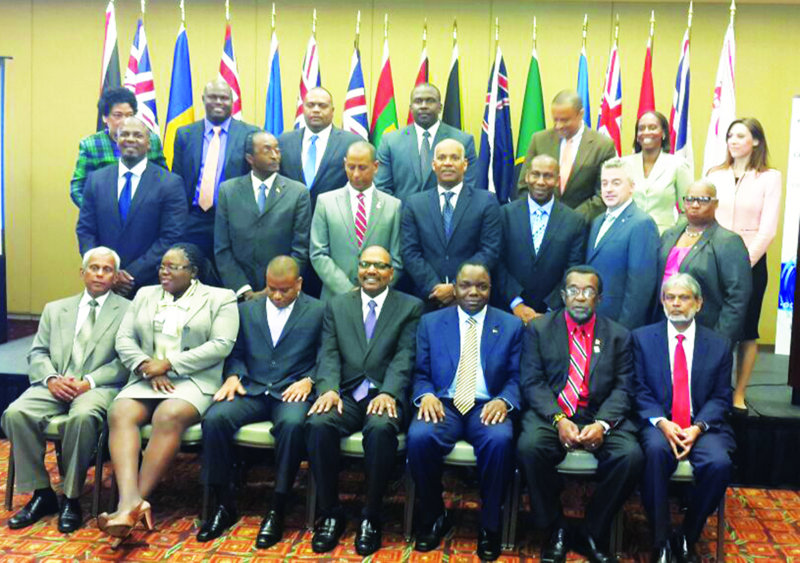
As recent as Monday this week, Anguilla practically continued its long interest in working towards developing a platform for the conservation of the island’s wetlands.
This effort dates back to 1990 when the Convention on Wetlands, otherwise known as the Ramsar Convention, was extended to Anguilla. The main objectives of the project are: to increase the understanding of the importance of, and threats to, Anguilla’s salt ponds through the production of an up-to-date National Wetland inventory; to improve the protection of Anguilla’s wetlands afforded by important bird area and Ramsar designations; and to enhance the capacity in all sections of society to manage wetlands to provide multiple benefits. So far, however, no Ramsar Sites have been designated.
The latest movement towards the above conservation efforts was a one-day stakeholder workshop held by the Anguilla National Trust at the Soroptimist Conference Centre on Monday. The event was facilitated by Mr Lyndon John, Project Manager with the Royal Society for the Protection of Birds. He was introduced by Ms Farah Mukhida, Executive Director of the National Trust.
Ms Avon Carty, President of the Anguilla National Trust Council, gave an outline of the island’s salt ponds, coastal mangrove forests, sea grass beds, coral reefs and offshore cays which represent Anguilla’s wetlands.
“Without these areas, and particularly without salt ponds or sea grass beds or coral reefs, Anguilla would be a completely different place,” she told the workshop participants. “In part, this is because of the ecosystem services that they provide and support. These places are important feeding, nesting, and resting habitats for over 130 species of birds, numerous species of commercially-important fish, and many other [forms] of animal life.”
Ms Carty took the opportunity to list a number of efforts with respect to wetland conservation pursued, over the years, by the Anguilla National Trust with support from the Department of Environment and the Royal Society for the Protection of Birds under the Ramsar Convention. “What we have found so far…is that Anguilla’s wetlands are critical sites and that, regardless of designation – formal or otherwise – do need to be better recognised, appreciated, managed and protected,” she concluded.
Mr Jerome Roberts, Minister of Home Affairs, responsible for the Environment, reported that there were thirteen wetland sites on the Anguilla mainland and offshore cays that had been identified as important bird areas. He said: “From the standpoint of Government of Anguilla and the Ministry, we recognise that our wetlands are important – ecologically, economically and socially. We also recognise the need for their sustainable use and management, as well as the need for stakeholder support, collaboration and cooperation as many of our wetlands and sites of importance for Anguilla’s rich biodiversity are actually privately-owned. We also recognise that these sites are being threatened through infilling, improper waste disposal, clearing of vegetation. While we must work together, institutional frameworks should also be in place and should be enforced.”
The Minister added: “I hope that we actively work together to conserve Anguilla’s precious resources and spaces and to use the tools that have been made available to us – like the Wetlands Policy and the Ramsar Convention – taking one step at a time and forging a path that future generations will be proud to continue and build on.”
The workshop sessions, conducted by Mr Lyndon John, covered various matters dealing wetland conservation in Anguilla and other related matters including the enforcement of laws and regulations.








